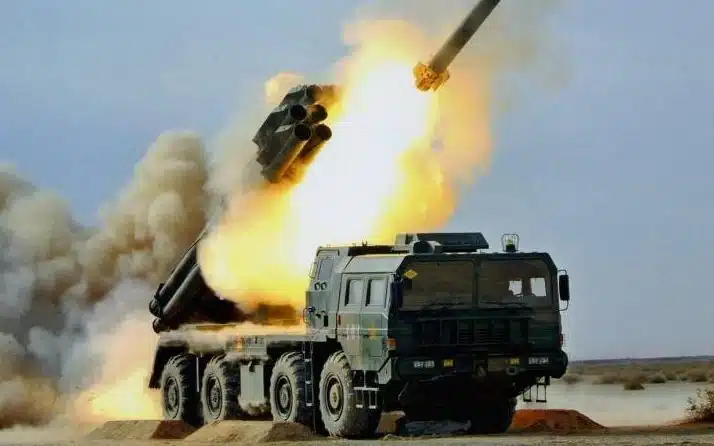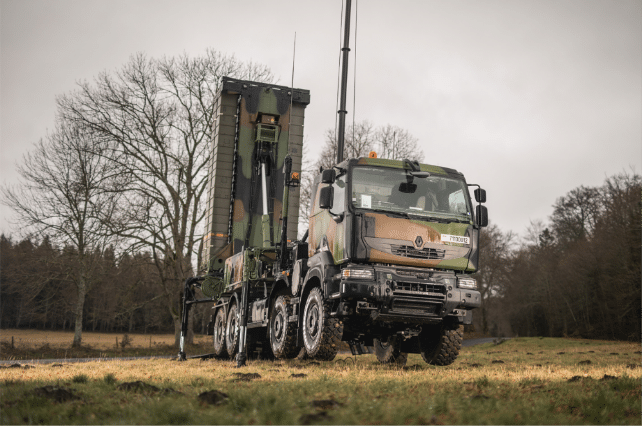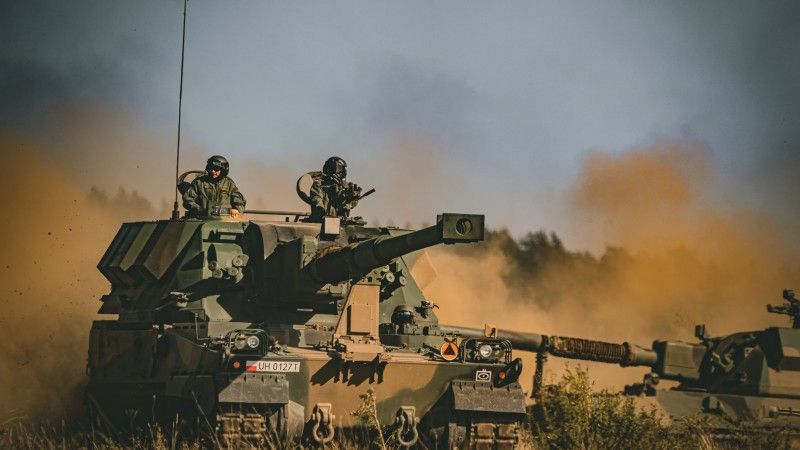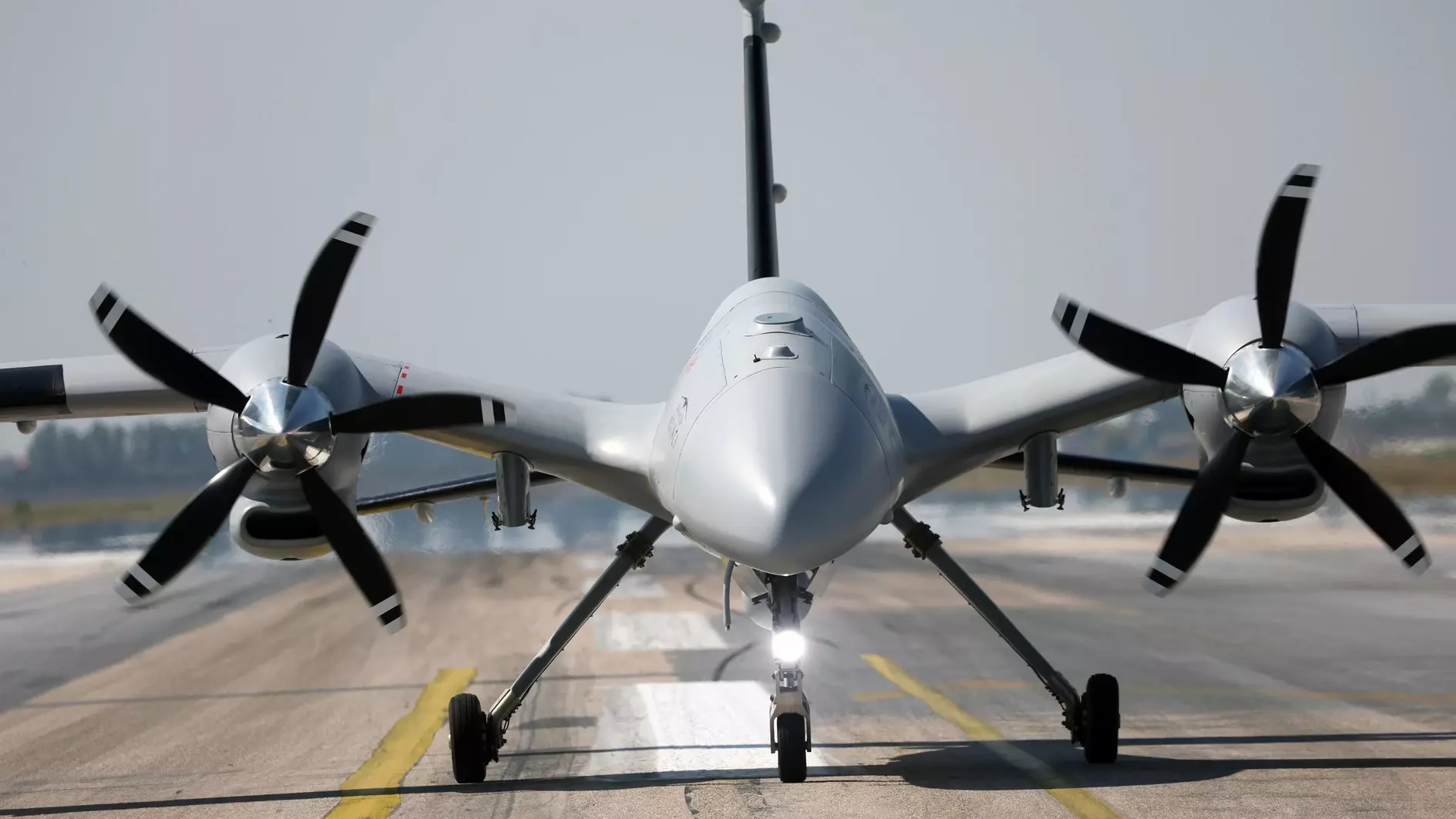Land Warfare
From mobility to firepower, land-based equipment structures engagement capabilities. This covers battle tanks, light and heavy armored vehicles, self-propelled artillery, mobile ground-air systems, as well as infantry equipment (exoskeletons, light weapons, optronics). We follow the development of major programs and military innovations such as active protection, adaptive camouflage and field robotics.
Cambodia–Thailand: A high-intensity border conflict
Resolute Warrior 25: NATO stress-tests a multinational brigade
Aegean Sea, controlled skies: how Athens structured its 2025 air–maritime...
Private Military Companies: Controversies and differences with mercenary activities
SAMP/T: Europe’s high-end air defense system under real-world pressure
Poland’s ground forces: from urgent modernization to industrial power
Electronic warfare systems: detect, deceive, dominate
The global rise of Turkey’s defense industry: breakthroughs, risks, and...
Private Military Companies (PMCs): key players in modern warfare
Ground warfare innovations articles
Ground warfare remains the backbone of military strategy, directly influencing global security dynamics through sustained land operations, territorial control, and stabilization efforts. In today's evolving battlespace, innovations in land warfare capabilities are essential to maintaining tactical and strategic superiority. Defense Innovation Review’s Land Warfare category provides detailed coverage and analysis on cutting-edge developments shaping modern ground combat. What technologies are redefining the battlefield? From autonomous ground vehicles like the Robotic Combat Vehicle (RCV) that enhance maneuverability and survivability, to advanced protective equipment such as Next Generation Squad Weapons (NGSW) that deliver increased lethality and precision, innovation transforms how land forces operate. Additionally, next-generation armor systems, such as Active Protection Systems (APS) that intercept threats in real-time, significantly bolster armored vehicle resilience. Why do these innovations matter for global security? Emerging threats—ranging from hybrid warfare tactics to urban combat complexities—demand agile, precise, and rapidly deployable solutions. Innovations in soldier networking, integrated battlefield management systems, and enhanced ISR (Intelligence, Surveillance, Reconnaissance) platforms, such as drones integrated into land units, provide unmatched situational awareness and operational advantage. Defense Innovation Review delivers comprehensive insights, enabling defense professionals to anticipate challenges and leverage new ground warfare technologies effectively.










